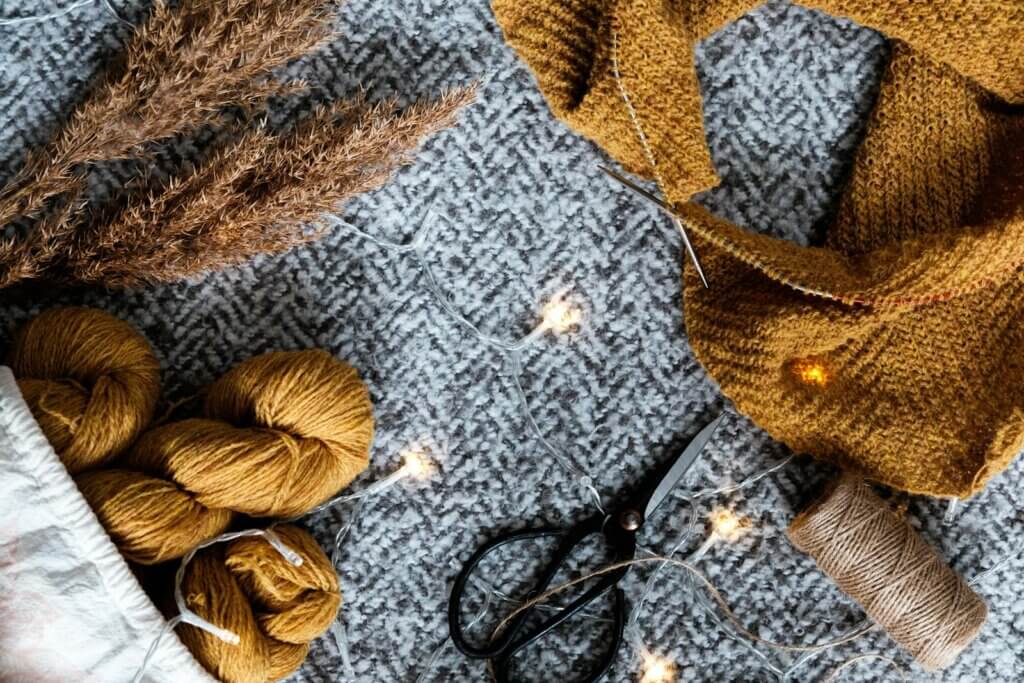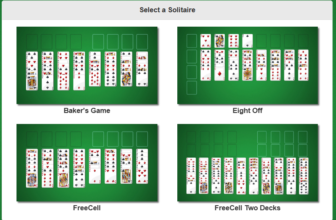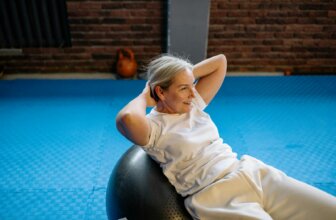Welcome to this Knitted Lap Blankets for Seniors article.
Knitted lap blankets are more than just cozy accessories; they can bring warmth and comfort to seniors in various settings. These blankets are specially designed to provide comfort, warmth, and a sense of security, making them a thoughtful gift for older adults. Whether they are at home or in a care facility, a lap blanket can enhance their daily lives.

For those interested in creating a special lap blanket, there are many easy and free knitting patterns available. These range from simple designs for beginners to more advanced techniques for experienced knitters. Choosing the right pattern can make the knitting experience enjoyable and rewarding.
When crafting a lap blanket for a senior, there are special considerations to keep in mind, such as yarn thickness and color preferences. Making a thoughtful choice can lead to a cherished gift that brings joy and comfort.
Key Takeaways
- Lap blankets provide comfort and warmth for seniors.
- There are free knitting patterns suited for all skill levels.
- Selecting the right materials is important for creating a cherished gift.
Understanding Lap Blankets
Lap blankets, also known as lapghans, are designed for warmth and comfort. They can be practical gifts for seniors, helping keep them cozy while sitting or resting. The right size, yarn, and needles are key factors to consider when making a lap blanket.
Size and Purpose
Knitted lap blankets for seniors are typically smaller than regular blankets. A common size is about 36 inches by 48 inches. This size is perfect for covering laps and legs without taking up too much space.
Lap blankets are often used in chairs or on beds. They provide warmth while allowing freedom of movement. Seniors may use them while watching TV, reading, or napping. Choosing the right size ensures that seniors feel comfortable without feeling overwhelmed by excessive fabric.
Choosing the Right Yarn
When selecting yarn for lap blankets, several options fit well. Bulky yarn is a popular choice because it creates a thick, warm blanket quickly. Worsted weight yarn is also common and offers versatility. For a thick and plush feel, super bulky yarn can be used.
Seniors often prefer soft and easy-care yarn. Acrylic blends are durable and machine-washable, making them ideal. They come in various colors, allowing for personal customization. When shopping, places like Amazon have a wide selection for knitters at different skill levels.
Selecting Needles for Your Project
The choice of needles can affect the ease of knitting a lap blanket. For bulky yarn, larger needles, like size 9 to 11 (US), are best. This size allows for quick work and a loose, comfortable feel.
For worsted weight yarn, needles between size 7 and 9 (US) work well. These facilitate tighter stitches if needed. Using the appropriate needle size for the chosen yarn is crucial for achieving the right gauge. Knitters can refer to online resources or labels for guidance on needle sizes.
Knitting Patterns for Beginners
Knitting lap blankets is a fun and rewarding project, especially for those just starting out. A few beginner-friendly patterns can build skills while creating cozy gifts for seniors.
Basic Garter Stitch Lap Blankets
The garter stitch is one of the easiest knitting patterns. It uses a simple technique where she knits every row. This creates a squishy and stretchy fabric that feels great.
To start, the beginner needs:
- Yarn: Any worsted-weight yarn is good.
- Needles: Use size 8 or 9 needles for a comfortable fit.
A basic lap blanket in the garter stitch can be made by casting on about 80 stitches. Knitting every row will create a blanket that is about 36 inches wide. A perfect size for keeping warm while sitting.
Free and Easy Lap Blanket Patterns
Many free lap blanket patterns are available that are perfect for beginners. They often feature large stitches and simple designs.
Here are some options:
- Stockinette Stitch: Alternate between knitting and purling rows for a smooth finish.
- Chunky Yarn Patterns: Using thicker yarn can make projects faster and easier.
Online resources provide great free patterns with clear instructions. This helps beginners feel confident in their knitting journey as they create beautiful, easy lap blankets. A little practice will lead to warm gifts for others to enjoy.
Advanced Knitting Techniques
Knitting offers a variety of advanced techniques that can elevate lap blankets into beautiful and cozy pieces. By using cable stitches, color blocks, and textured patterns, knitters can create unique designs that appeal to seniors.
Incorporating Cable Stitches
Cable stitches add a lovely, twisted design to blankets. They create depth and interest, making a lap blanket feel special and warm. A popular choice is the cable lapghan, which features cables that resemble braids.
To start, knitters will need a cable needle. They can create simple cables by crossing stitches over each other. There are many patterns available that can guide knitters through creating intricate designs like double diamonds lapghan patterns. This technique not only enhances the look but also provides extra warmth.
Designing With Color Blocks
Color blocks can make lap blankets bright and cheerful. This technique involves using different shades in blocks or stripes. It’s a great way to express creativity. For a fun look, knitters can try patterns like tumbling blocks lapghan that create a 3D effect using colors.
To get started, choose a color palette that may include pastels or bright colors. When changing colors, it’s important to keep the tension even. This helps avoid puckering. Simple patterns allow knitters to highlight each color and create a lovely contrast.
Creating Textured Patterns
Textured patterns can add a cozy feel to a lap blanket. Stitches like seed stitch, ribbing, or garter stitch are common. The ribbed blanket technique is especially popular since it gives a nice stretch and texture.
Knitting with texture also makes a blanket more interesting to touch. Knitters can mix different stitches for a unique look. Techniques like using cashews lap blanket design showcase how texture and color can work together beautifully. This variety keeps the knitting process enjoyable and the final product inviting.
Special Considerations for Seniors
When choosing knitted lap blankets for seniors, some important factors should be kept in mind. Comfort, ease of care, and the suitability of materials can greatly affect the user’s experience and satisfaction.
Selecting Non-Irritant Yarns
Seniors often have sensitive skin that can react to certain materials. Choosing non-irritant yarns can ensure comfort and warmth without discomfort.
- Soft Acrylics: Yarns like Bernat Softee Chunky are soft and gentle on the skin.
- Cotton Blends: These are breathable and hypoallergenic, making them a safe option.
- Wool and Alpaca: While warm, these may irritate some, so it’s best to test for sensitivity.
Selecting yarns labeled as safe for sensitive skin can enhance comfort and reduce irritation.
Ensuring Easy Care and Maintenance
Seniors may need blankets they can clean easily. Selecting yarns that are machine washable and durable is important.
- Machine Washable: Fabrics that can go in the wash without losing shape are ideal.
- Quick Drying: Fast-drying materials prevent dampness, which can be uncomfortable for seniors.
It’s also helpful to choose yarns that resist pilling and fading. This way, the blanket stays looking fresh and feels great even after repeated washes.
Project Completion and Care
After finishing a knitted lap blanket, proper care and techniques can enhance its look and longevity. These steps are essential to ensure the blanket remains soft and cozy for the seniors who will use it.
Finishing Techniques
Once the last stitch is knitted, he or she should focus on finishing techniques. First, ensuring all loose yarn ends are tucked in and secured is important. Use a tapestry needle to weave in the ends smoothly. This helps prevent unraveling.
Adding a lovely border can also enhance the blanket’s style. A simple garter or ribbed border not only looks nice but adds stability. Blocking can help to reshape the blanket, making the stitches appear even and flat.
Make sure to pay attention to the knit stitch pattern. This keeps the design uniform. Following these steps gives the lap blanket a polished and professional appearance.
Washing and Drying Tips
Caring for the knitted lap blanket helps maintain its quality. Always check the yarn label for washing instructions first. If the yarn is machine washable, she can wash it on a gentle cycle using cold water.
For hand-knitting, fill a basin with cool water and a mild detergent. Gently press the blanket in the water without wringing it.
After washing, gently squeeze out the water. Lay it flat on a clean towel to dry. Avoid hanging it to prevent stretching. Placing a second towel on top can help absorb moisture faster.
If the yarn is wool or delicate, she might want to air dry for the best results. Taking these care steps keeps the lap blanket soft and warm for its user.
Summary
Knitted lap blankets are a great way to provide comfort and warmth for seniors. These cozy items can be used at home or in care facilities.
They come in various colors and patterns, making them visually appealing. Knitted lap blankets are lightweight yet warm, which is ideal for keeping chilly air at bay.
Many people enjoy knitting these blankets as a hobby. This makes them perfect gifts from friends or family.
Benefits include:
- Warmth: Keeps seniors warm during colder months.
- Comfort: Offers a sense of relaxation and security.
- Style: Adds a decorative touch to any room.
Using soft yarns enhances the cozy feeling. The blankets are also easy to handle for those with limited mobility.
In addition to practical uses, these blankets can also be used for personal expression. Seniors can choose colors and designs that reflect their personality. Knitted lap blankets serve both function and style. They support seniors in staying comfortable and adding a personal touch to their living space.
How about checking out some other activities that might interest you in our 8 best hobbies for retirees article?






